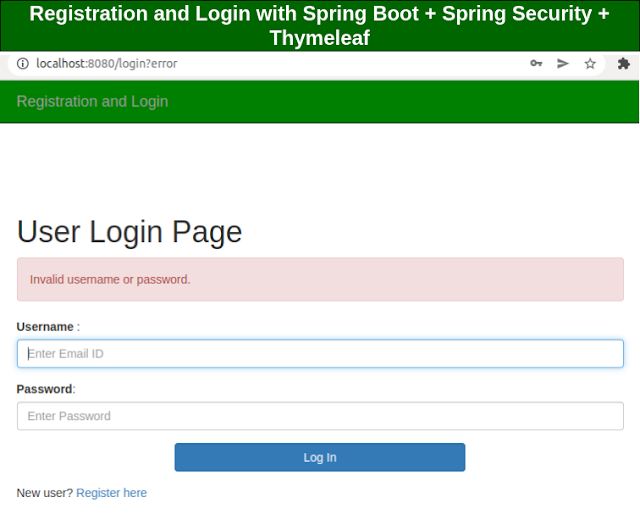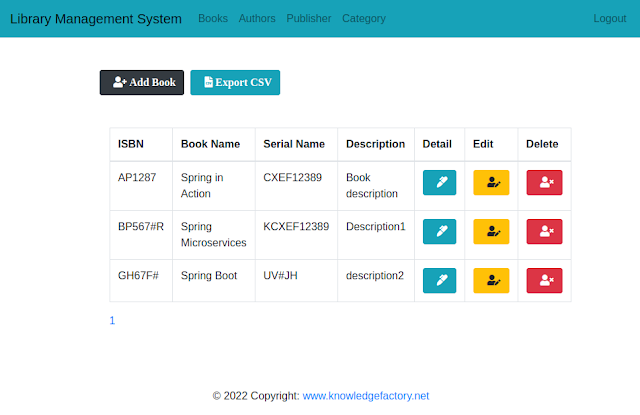RSA + AES Double Layer Encryption/Decryption in Go
Diagram Breakdown:
- User: Initiates the process, including key generation and data encryption.
- RSA Keys: Public and private RSA keys are generated.
- AES Key: AES key is generated for encryption.
- Data: The message or data that needs to be encrypted.
- AES Encryption/Decryption: Represents the AES encryption and decryption steps.
- RSA Encryption/Decryption: Represents the RSA encryption and decryption steps.
Flow:
- Encryption:
- AES Encryption: The user encrypts the data using the AES key.
- RSA Encryption: The AES-encrypted data is then encrypted using the RSA public key.
- Decryption:
- RSA Decryption: The RSA-encrypted data is decrypted using the RSA private key.
- AES Decryption: The RSA-decrypted data is then decrypted using the AES key.
This diagram will give a visual representation of how the double-layer encryption and decryption process works with RSA and AES.
Here's how you can implement RSA + AES double-layer encryption and decryption in Go:
Dependencies:
You can use the crypto package for RSA and AES in Go. No need for external dependencies.
Step 1: Import Required Packages
Step 2: RSA Key Generation Functions
Step 3: AES Key Generation and Encryption/Decryption Functions
Step 4: Combine RSA + AES for Double-Layer Encryption/Decryption
Step 5: Example Usage
Explanation:
- RSA Key Generation: Generates RSA public and private keys.
- AES Key Generation: Generates a 256-bit AES key.
- AES Encryption/Decryption: Uses AES-CTR mode for encryption and decryption of data.
- RSA Encryption/Decryption: Encrypts the AES-encrypted data using RSA and vice versa.
- Double-Layer Encryption: First, the data is encrypted with AES, then the AES-encrypted data is encrypted with RSA.
Key Steps:
- Encryption:
- Data is first encrypted using AES.
- The AES-encrypted data is then encrypted using RSA.
- Decryption:
- The RSA-encrypted data is decrypted first.
- The resulting data is then decrypted using the AES key.
This Go implementation provides robust double-layer encryption using both RSA and AES









